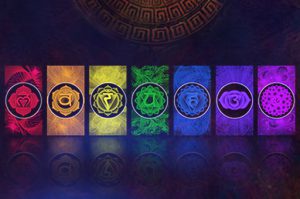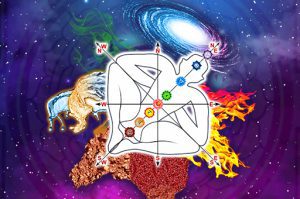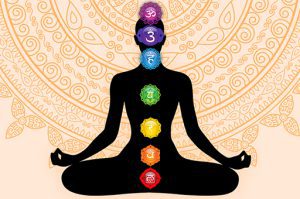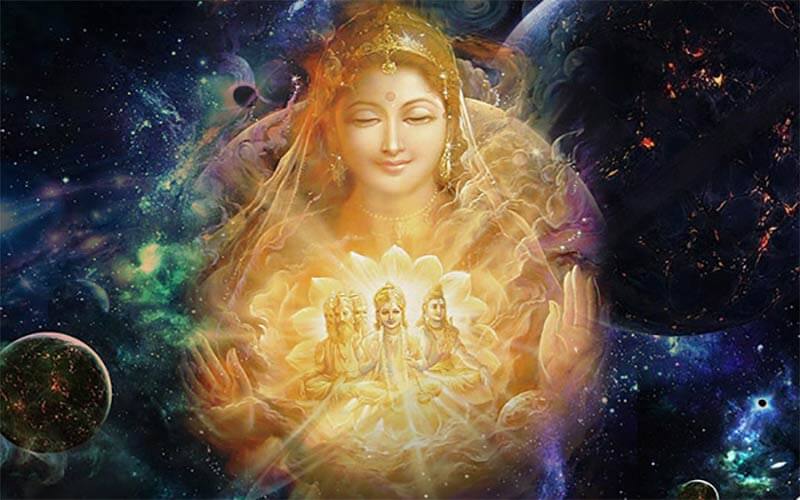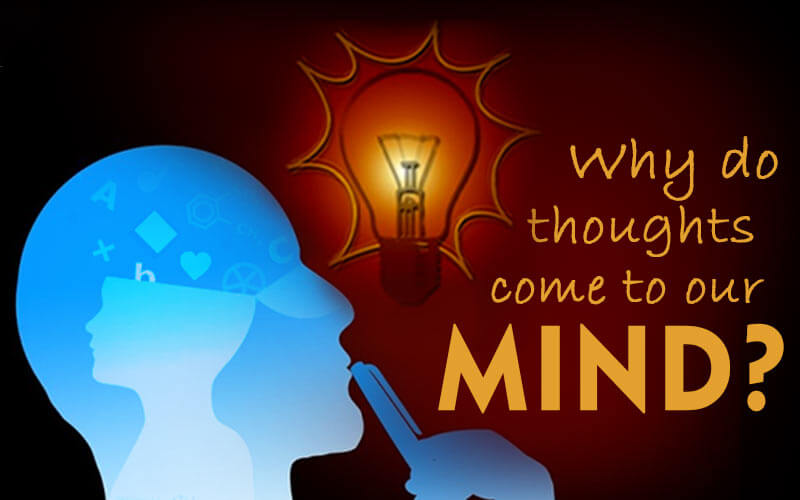
In simple words, thoughts come to our mind because we judge. Thoughts can be described as the ego of knowingness or the opposite of knowingness. This judgement process makes us chew whatever has happened or could have happened (past) or may happen (future). This judgement often leads us to make definitions out of our own reference like
“I am not good enough”,
“I am naive and easily cheated”,
“People cannot be trusted”,
“Money is difficult to earn”,
“I fear losing my job” and so on.
These definitions form “vrittis” or impressions in our consciousness (called citta). Also any situation or person with whom you make an emotional connect like ‘Loss’, ‘Unlucky’, ‘Betrayal’, ‘Pleasure’ or ‘Pain’ gets stored in citta as vritti. These vrittis then struggle for attention and keep on triggering thoughts and envelope us in a non-ending stream of thoughts to keep us preoccupied. What we think is what we create. So the life that is before us is like a reflection in the mirror and is our actual state of consciousness. To change what we are seeing, we need to change ourselves and not the illusionary reflection.
All decisions we make and our reactions to different situations that come to us are done through the vrittis which we have made and not through pure intelligence. Beyond thoughts lies pure intelligence that awakens when all definitions cease in the present moment. The aim of Yog is to silence the mind by destroying the vrittis which are made out of individual reference and perspective and illusions. After all, silence is our true nature.
This identification with the vrittis leads to suffering. The vrittis cover the pure self like a beautiful lake fraught by waves of dirt and obstruct you from seeing the clear bottom. They make us want to repeat the pleasures and avoid what gives us pain. Vrittis are like a veil over our Atman (self) which is our true unchanging part. The true form of Atman is the witness or the seer which is the divinity that is within each one of us. This Atman is all knowing and embodies true intelligence and wisdom. It is ‘Sat’ meaning Truth as it sees things as they are; it is the Love itself as “Cit” and is purely joyous as ‘Ananda”.
This eternal Atman does not identity with vritti. It is the one that witnesses them and remains outside of them. The Atman therefore is free from the bondages and suffering of the mind and the ego. The goal of Yog is to be free of this suffering, by disengaging from these thought waves. Life flows with intention to realise our true nature that is nurturing, creative, powerful, compassionate, intelligent, accepting and content.
With practice, we need to uncover this veil by seeing the truth beyond our ego self. We need to see through illusions, personal definitions and limiting beliefs. Mantra chanting helps to dislodge the emotions and see the reality. So do the different practices of Yog in form of Karma Yog, Dhyan Yog, Gyan Yog and Bhakti Yog. We are not here to learn anything. We in fact have to just unlearn the conditioning which makes us identify with thoughts. This unlearning makes us internalise ourselves in our true nature and we become free or enlightened.


